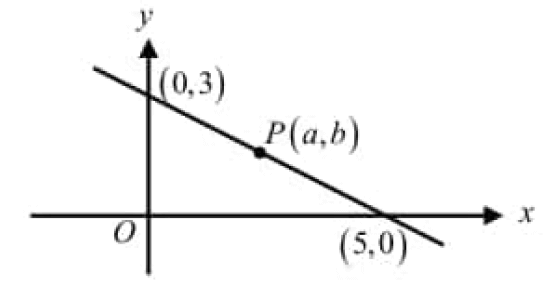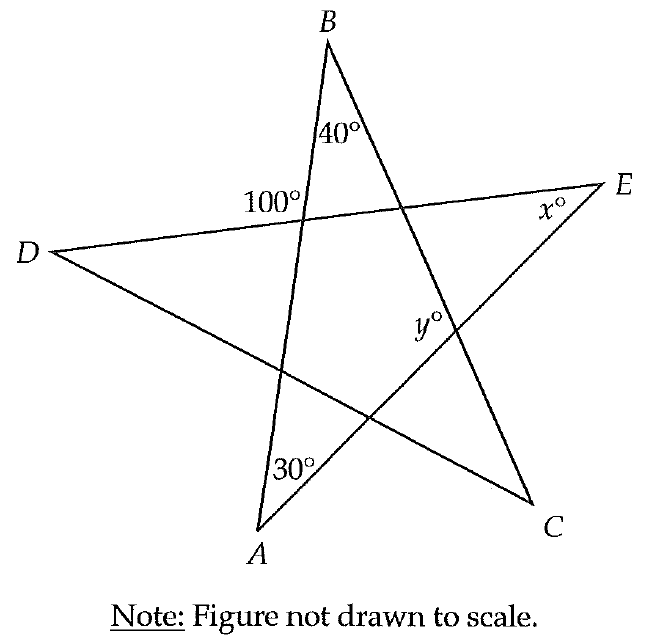HOW TO CALCULATE PROFIT OR LOSS PERCENT
Cost Price :
The price at which an article is purchased, is called its cost price.
Selling Price :
The price at which an article is sold, is called the selling price.
Profit :
If the selling price is greater than cost price, the seller is said to have a profit.
Loss :
If the cost price is greater than selling price, the seller is said to have a loss.
Formulas Used to Find Profit and Loss Percent
Profit (or) gain - Selling price - Cost price
Loss = Cost price - Selling price
Profit % = (Profit / Cost price) ⋅ 100
Loss % = (Loss / Cost price) ⋅ 100
Example 1 :
A man buys an article for $27.50 and sells it for $28.60. Find his gain percent.
Solution :
Cost price of an article = $27.50
Selling price of an article = 28.60
Selling price > Cost price
So, the man gets profit
Profit = Selling price - Cost price
profit = 28.60 - 27.50
Profit = 1.1
Profit % = (Profit / Cost price) ⋅ 100
Profit % = (1.1/27.50) ⋅ 100
Profit % = 4%
Hence the man get 4% profit.
Example 2 :
If a radio is purchased for $490 and sold for $465.50, find the loss percent.
Solution :
Cost price of radio = $490
Selling price = $465.50
Cost price > Selling price
Loss = Cost price - Selling price
loss = 490 - 465.50
Loss = 24.5
Loss % = (Loss / Cost price) ⋅ 100
= (24.5/490) ⋅ 100
Loss % = 5%
Hence the required loss% is 5%.
Example 3 :
A book was sold for $27.50 with a profit of 10%. If it were sold $25.75 then what would have been the percentage of profit or loss ?
Solution :
Selling price = $27.50
This selling price includes 10% profit.
110% of cost price = 27.50
Let x be the cost price
110% of x = 27.50
x = 27.50 ⋅ (100/110)
x = 25
Cost price is $25.
Selling price is greater than cost price, so there is profit.
Profit = Selling price - Cost price
Profit = 25.75 - 25
Profit = 0.75
Profit % = (Profit / Cost price) ⋅ 100
= (0.75/25) ⋅ 100
= (75/25) ⋅ 100
Profit = 3%
Hence the required profit is 3%.
Kindly mail your feedback to v4formath@gmail.com
We always appreciate your feedback.
©All rights reserved. onlinemath4all.com
Recent Articles
-
Digital SAT Math Problems and Solutions (Part - 134)
Apr 02, 25 12:40 AM
Digital SAT Math Problems and Solutions (Part - 134) -
SAT Math Resources (Videos, Concepts, Worksheets and More)
Apr 02, 25 12:35 AM
SAT Math Resources (Videos, Concepts, Worksheets and More) -
Digital SAT Math Problems and Solutions (Part 135)
Apr 02, 25 12:32 AM
Digital SAT Math Problems and Solutions (Part 135)

